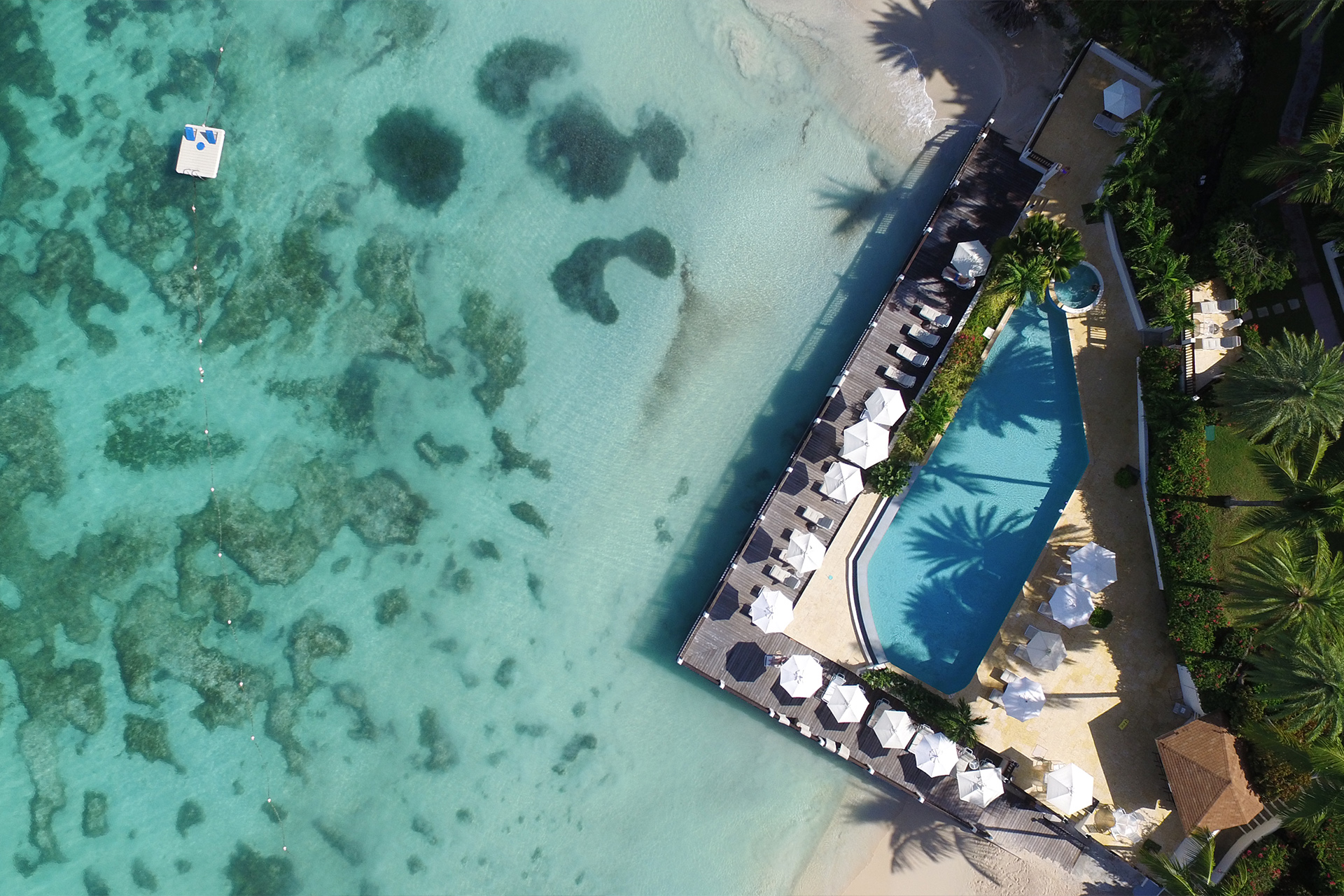
Antigua, along with its sister island Barbuda, sits in the middle of the Leeward Islands in the West Indies and is often referred to as the ‘Land of 365 Beaches’ due to its many, white sand beaches.
History
Antigua was first settled by Amerindian hunter gatherers, with the earliest settlements dated around 3100 BC. One group of these, the Arawaks introduced agriculture, cultivating crops such as the famous Antiguan black pineapple, potatoes, chilies, corn, sweet potatoes, tobacco and cotton. The Arawaks were largely replaced by around 1100 AD by the more aggressive Caribs, whose presence, along with the lack of fresh water, meant the island was not colonised by the Spanish, despite Christopher Columbus sailing past and naming the islands in 1493.
English settlement of Antigua started around 1632 and the establishment of sugar plantations on the island brought with it the slave trade, which was eventually abolished in 1834. The British ruled from 1632 through to 1981, with a brief French interlude in 1666.
The islands became an independent Commonwealth nation on 1st November 1981, with Queen Elizabeth II as head of state.
Attractions
Apart from the many beautiful beaches, Nelson’s Dockyard, a World Heritage Site offers a fascinating slice of history – and the world famous regatta, Antigua Sailing Week, draws hundreds of boats, crew and spectators – plus Carnival in August is always a very popular time to visit.
